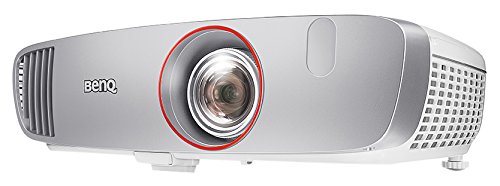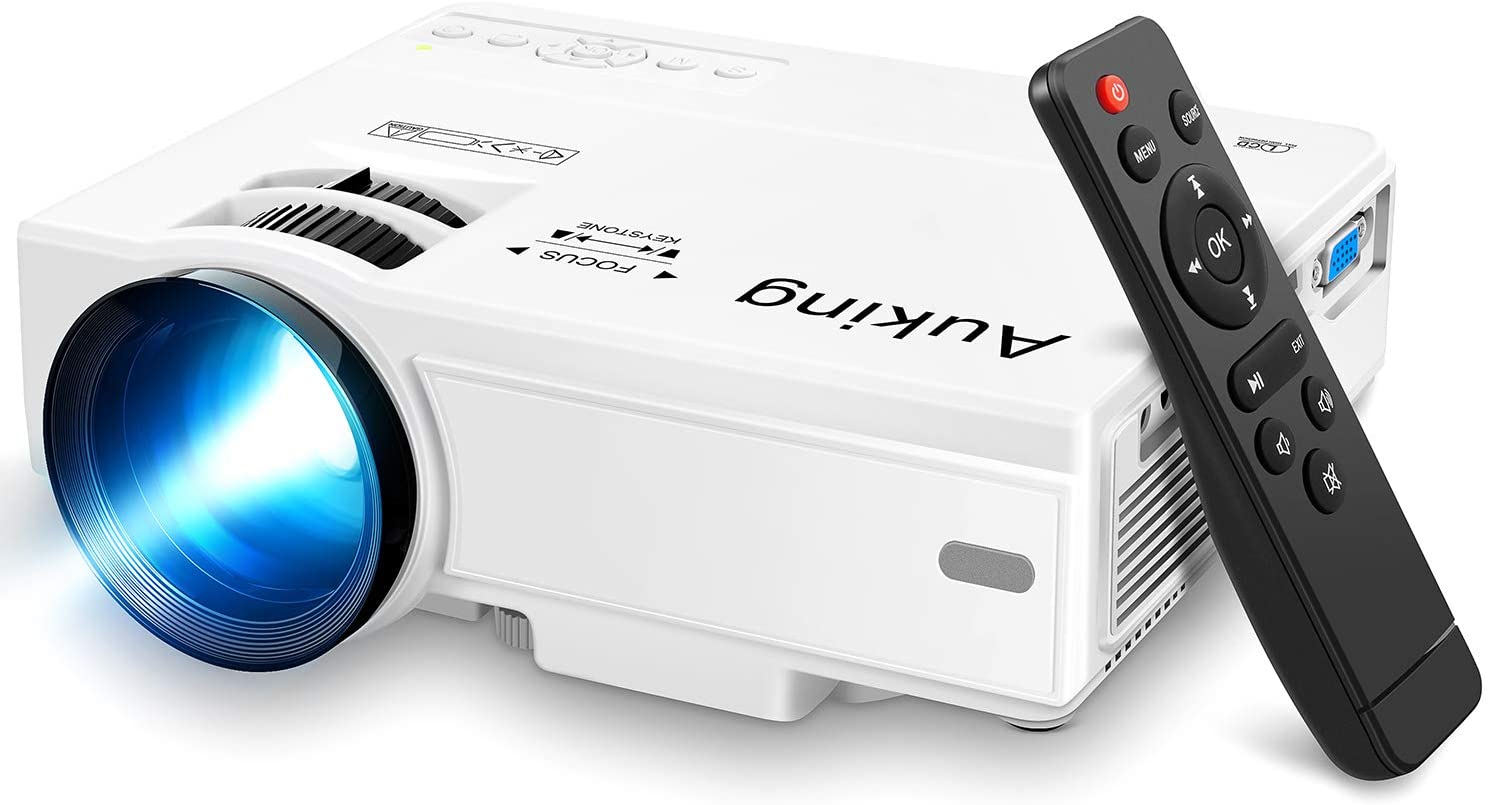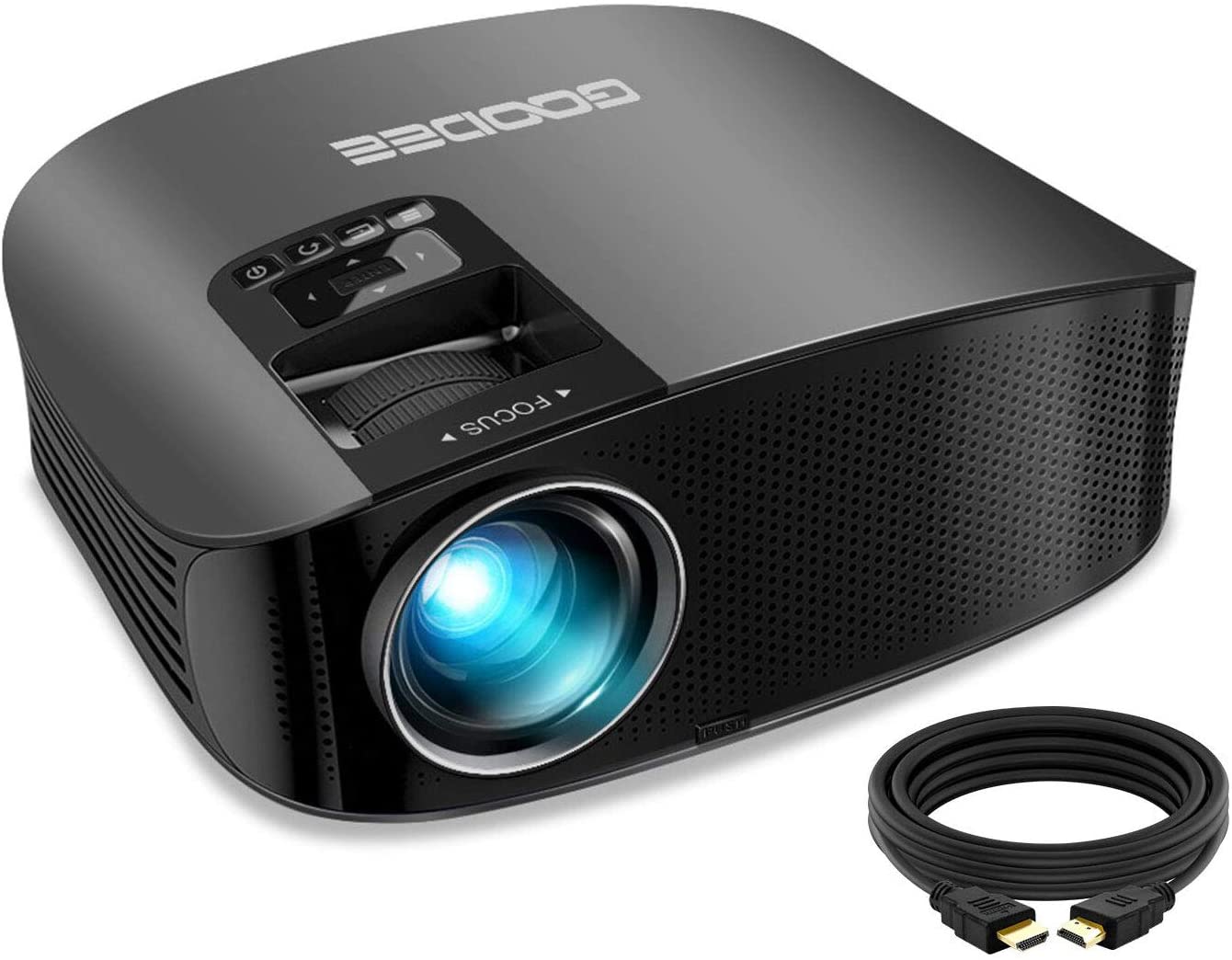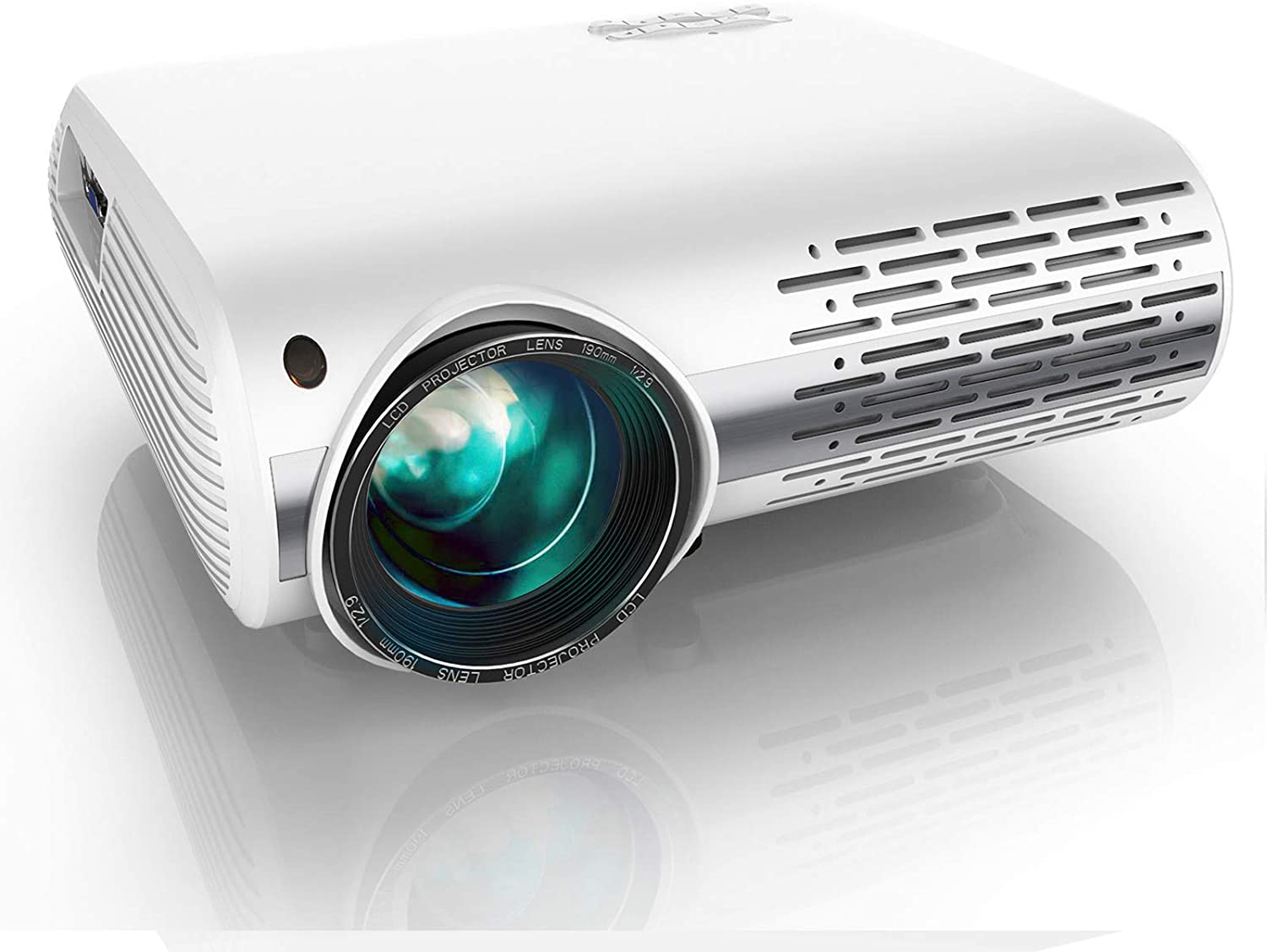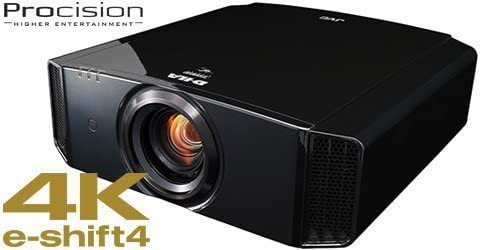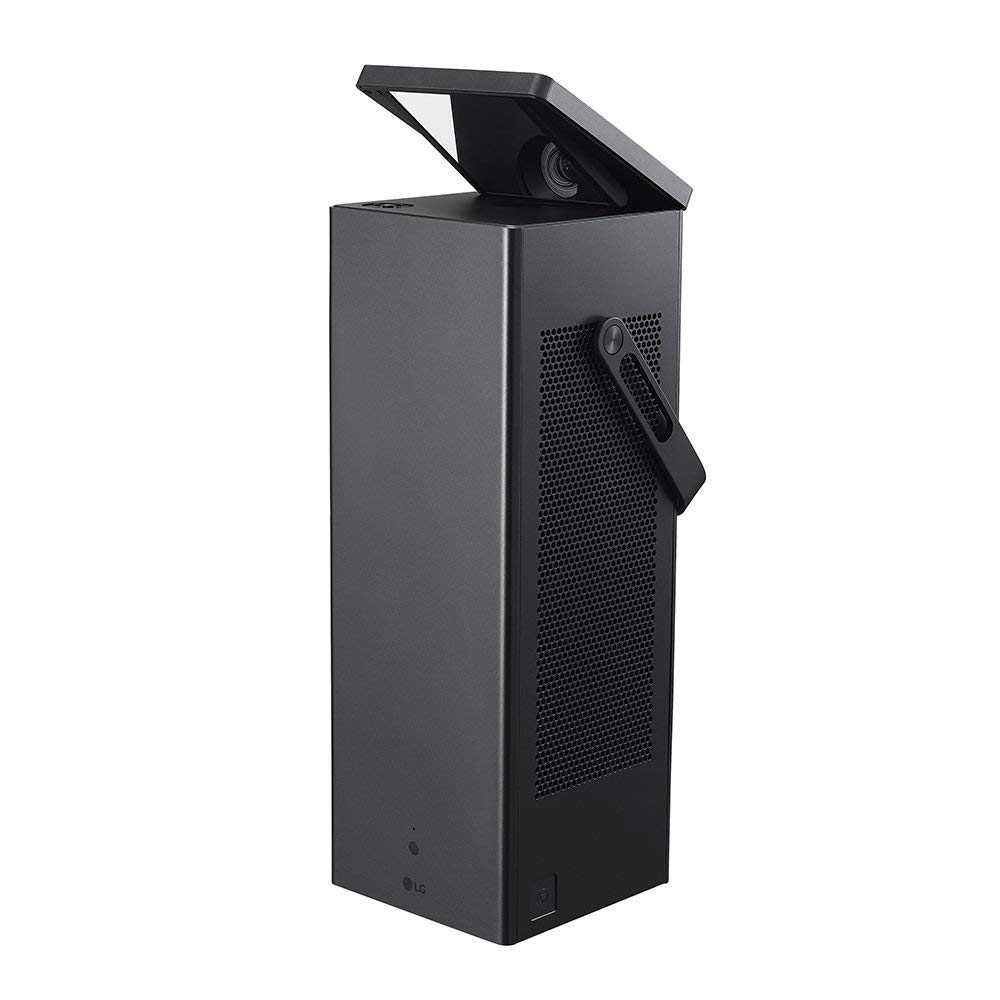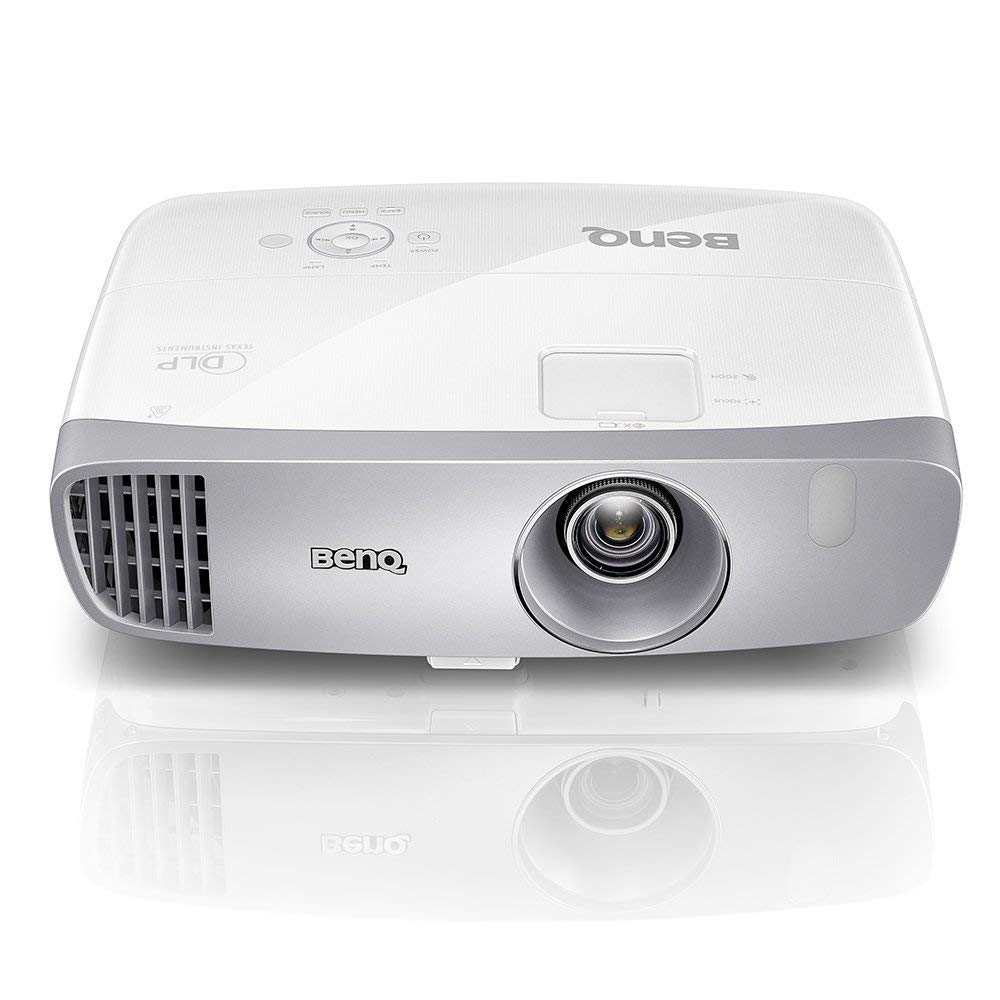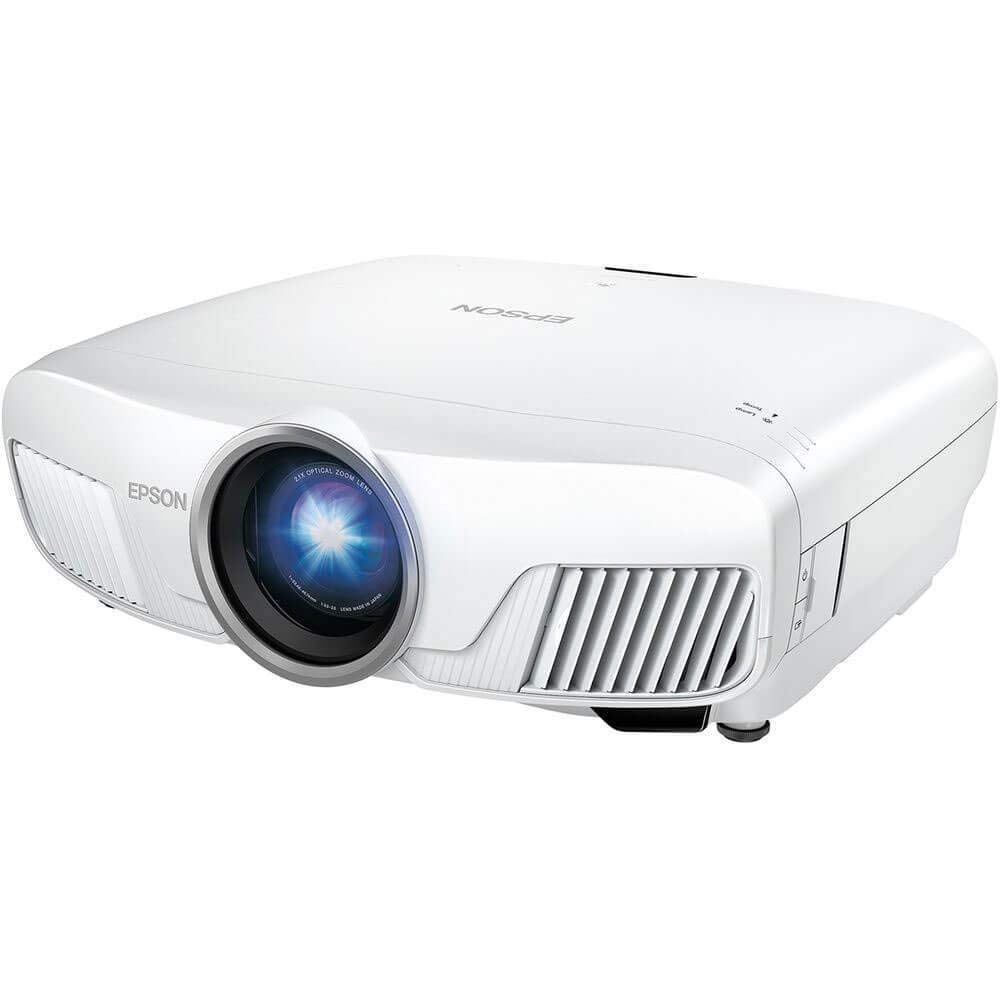BenQ HT2150ST Projector
Last updated: January 7, 2019
We looked at the top Home Theatre Projectors and dug through the reviews from some of the most popular review sites. Through this analysis, we've determined the best Home Theatre Projector you should buy.
Product Details
In our analysis of 11 expert reviews, the BenQ HT2150ST Projector placed 0th when we looked at the top 7 products in the category. For the full ranking, see below.From The Manufacturer
Projection System: DLP. Native Resolution: 1080p (1920 x 1080). Resolution Support: VGA(640 x 480) to WUXGA_RB(1920 x 1200) *RB=Reduced Blanking. Brightness (ANSI lumens): 2200 ANSI Lumens. Contrast Ratio (FOFO): 15000:1 . Display Color: 1.07 Billion Colors. Native Aspect Ratio: 16:9. Light Source Wattage: 240W. Light Source Life: 3500 / 5000 / 7000 hours.
Expert Reviews
What reviewers liked
You can place the BenQ HT2150ST much closer to your screen or wall than usual and still get a large image. This model is very bright and easy to set up, with integrated speakers so you can quickly get it ready for impromptu movie nights.
What reviewers didn't like
If you’re short on space, the BenQ HT2150ST works great but has less vivid colors and slightly worse image quality than our main picks.
View our Home Theatre Projector buying guide for in-depth advice and recommendations.
